The Starless Sea: The spellbinding Sunday Times bestseller
£8.70£9.50 (-8%)
THE TIKTOK SENSATION
Discover the enchanting, magical bestseller from the author of The Night Circus, now in a stunning new edition.
We are all stardust and stories…
When Zachary Rawlins stumbles across a mysterious book containing details from his own life among its pages, it leads him on a quest unlike any other.
Following the clues inside, he is guided to a masquerade ball, a dangerous secret club, and finally to an ancient library hidden far beneath the surface of the earth. What Zachary finds in this curious place is more than just a buried home for books and their guardians – it is a place of lost cities and seas, lovers who pass notes across time, and of stories whispered by the dead.
But when the library is threatened, Zachary must race through its twisting tunnels and sweetly soaked shores, searching for the end of his story.
PRAISE FOR THE STARLESS SEA:
‘Enchanting read… an ode to stories and storytelling itself, and the joy of reading’ Guardian
‘Spellbinding’ Daily Mirror
‘A magical mix of quests and fables…beautifully written’ Heat
Read more
Additional information
| Publisher | 1st edition (6 Aug. 2020), Vintage |
|---|---|
| Language | English |
| Paperback | 512 pages |
| ISBN-10 | 1784702862 |
| ISBN-13 | 978-1784702861 |
| Dimensions | 19.7 x 12.9 x 3.06 cm |

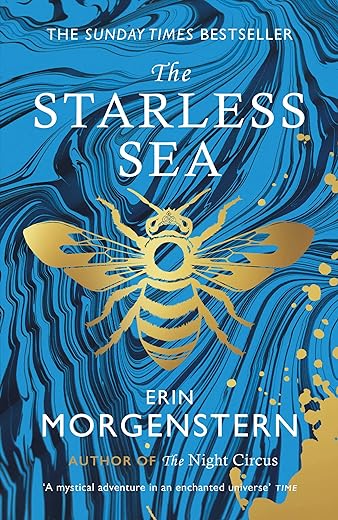
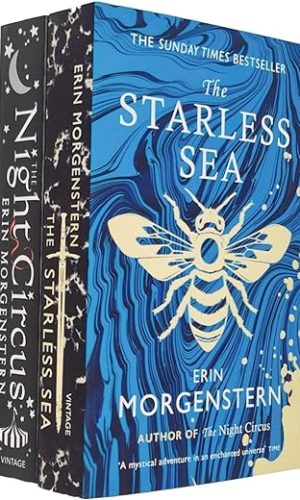
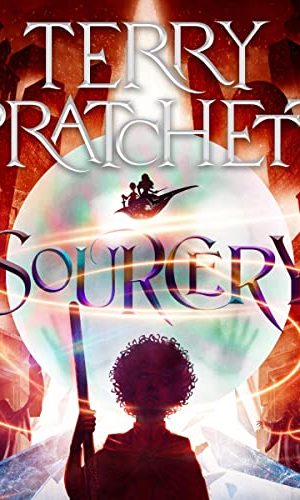
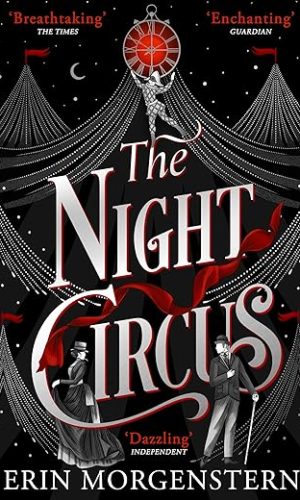
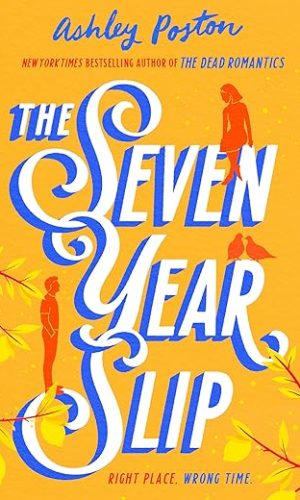
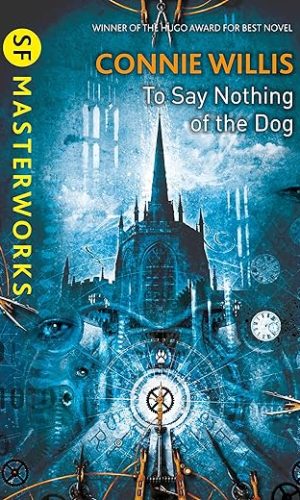


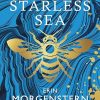
by J. Ang
Three and a half stars.
I find myself torn between a 3- or 4- star rating because the story is beautifully assembled as tableau pieces that stoke my senses page after page, but the world-building is not particularly strong, and it seems intentional in some way.
Morgenstern flirts with the idea of the book as a metaphysical and fantastical construct, spewing stories about the reader even as he lives out those moments. Symbolic figures such as the owl king, a human hare, and the Moon mistress, appear, and they may or may not be related, or tie up with the main story about Zachary, a postgraduate student in Vermont.
As a child, Zachary finds a painted door, and almost opens it, but he doesn’t. Years later, he reads a story about himself in an ancient tome, tucked within the pages of a book in the shelves of the university library, as if waiting for him to find it. That he is the son of a fortune teller seems like an afterthought to signal that he was no ordinary student studying games and myths.
His journey out of his ordinary everyday life begins when he attends a Collectors’ Club (?) masked ball in New York and meets a tall, dark and mysterious man, Dorian (his name a hint about his agelessness), who brands himself as a storyteller. Zachary soon finds out that his experience as a child had been a test, and that he had been primed to take on a role as keeper/guardian of stories and books in the underground library. The painted door is just one of many that open into the caverns and the Starless Sea below. The library is apparently a Harbor (there are others) on this sea of honey. More symbols like the bee, the sword and the key to denote different roles acolytes play…
Needless to say, as a reader, I felt quite unanchored. And strangely, Dorian, (who by that point of the story is separated from his love interest), goes through an episode that resonates strongly with me as I navigate this book.
The Moon, personified as the wife of an innkeeper (himself some kind of custodian or a construct of one), warns Dorian as he decides to leave the inn (also a concept his storied mind has brought into being) is attempting to locate Zachary:
“This inn is a tethered space…. It remains the same no matter how the tides change. Once you leave here you will be untethered again and you will not be able to trust anything you encounter. There are things in the shadows, whether they are god or mortal or story once, they are something else now. They will tailor themselves to suit you so they might pull you from your path.”
That quite aptly sums up my experience of the book – it was full of these instances where I felt untethered. It seems that whatever I take the symbolic figures to mean, they make up the story that Morgenstern is trying to tell.
The Moon continues, “We exist at the edges here, of what you might call story or myth. It can be difficult to navigate.”
Well, you don’t say.
by AC/DC
Erin Morgenstern’s The Starless Sea has enormous promise. A door painted on a wall that we feel sure could be opened into another world, Narnia-like, is an old trope, but a good one. It holds open so many possibilities: where will the boy find himself? Will he ever be able to get back again? But then we’re let down: he doesn’t open it. Never mind. There are real possibilities which maybe can be explored later.
The library book that has no catalogue entry and a blank spine, and so, in a sense, does not exist, is another intriguing possibility, especially when it turns out to be about Zachary, the boy who finds it in the chaotic book stacks. But then, it never seems to get read – by anyone. It just gets lost, and then found, and then lost again, found, and so on and so on. Like the door, it is never opened.
Then there are rather heavy references to rabbits and rabbit holes, as if we need to be told that this is an underground world of fantasy we are being taken through, where things are ‘curiouser and curiouser’.
Just as we begin to get into the story, we are taken out of it and into a completely different story – about a dollshouse. And then another about a merchant selling stars, and one about a swordsmith. They are great little tales in themselves, shapely and clearly told, and as the book continues there are various superficial connections made with stars, and dollshouses and swords . . . and owls, and dice, and fires, and honey, and folded pieces of paper, and bees, and wine, and books, and doors, and more doors, and still more doors, and something called ‘a starless sea’, though quite what it is seems forever unclear. And I should mention: doors.
Might there be some significance in a sea that is an underground parallel with the real-world sea? A sea that does not reflect stars because it is underground, and is therefore starless? Is it a reference to an unconscious world we are all familiar with through our dreams, where impossible things happen for real? If so, it seems to me that the purposeful significance of this part of our psyche is entirely missing from Erin Morgenstern’s book.
In one of his short stories, A Child’s Christmas in Wales, Dylan Thomas relates receiving ‘a book that tells you everything about the wasp, except why.’
At the end of this monumental read, I am still asking myself the same question: Why?
Connections are made within the story again and again, but what do they mean? Deaths take place repeatedly, but none of them seems ever to have any significance; if tears are shed, they are just tears with no expression of any real loss. Turn the page and the character is alive again anyway.
Who are all these people, in any case? They have no depth of character, and so nothing with which the reader can identify. They appear to be just devices to lead to more events, more doors to open and more shipwrecks on a sea of honey, which seems to have no significance, since people can drown in it and still reappear. So what?
I remember reading, when I was very small, an Enid Blyton book, called, I think, The Enchanted Wood. In it the characters found a special tree, and went down ‘the slippery-slip’ to meet odd characters: ‘Moon-Face’ (?) and ‘The tin-pot man’ (?). Seventy-five years later the details are a bit vague, but I can clearly remember being carried away and held for hours in that magical world. Maybe I’ve just grown out of the allure of that fantasy. Or maybe “The Starless Sea” just isn’t done quite as well.